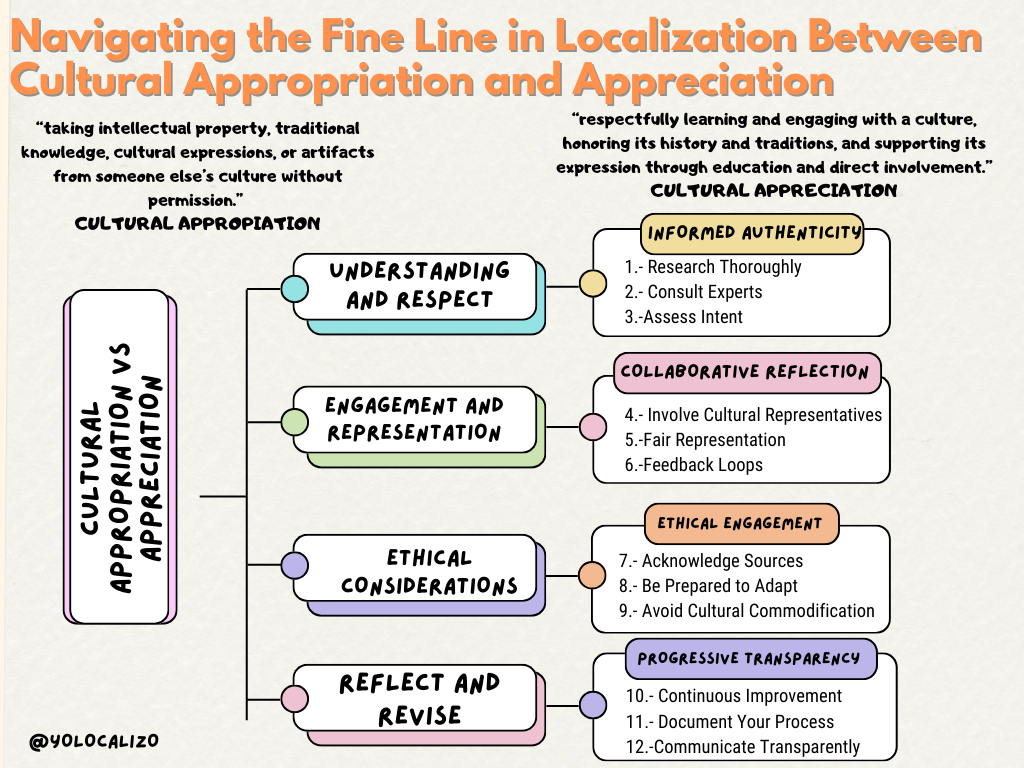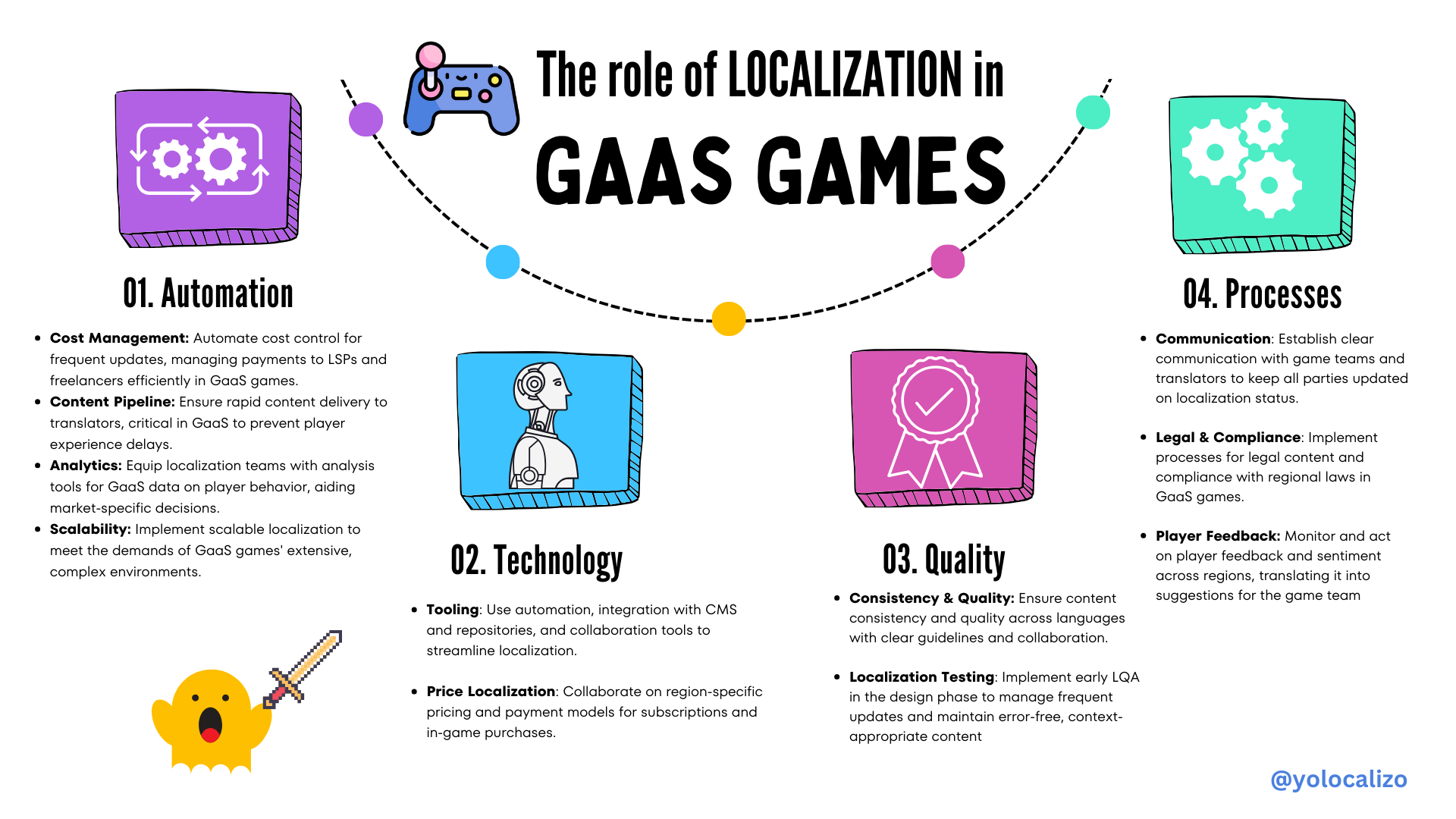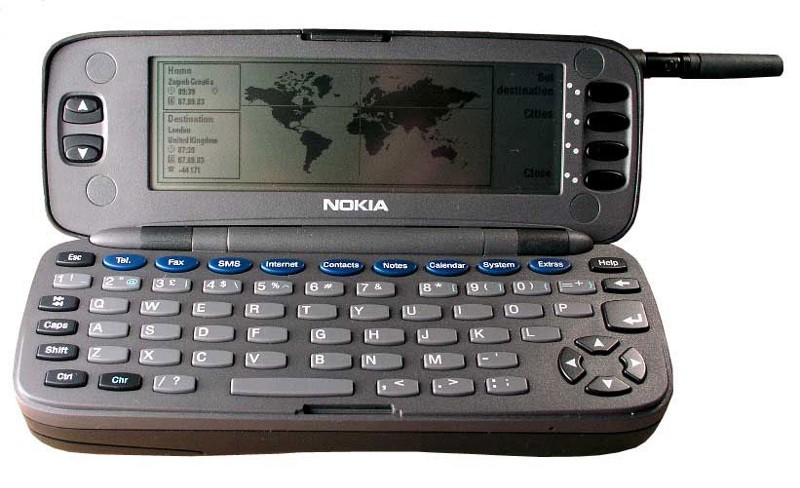Breaking Localization News! Do NOT use a Translation Memory
I remember that day as if it was yesterday. It was an afternoon in May 1997.I was working in Dublin. During the morning, it was raining for a few hours but in the evening, it was surprisingly sunny and even warm!
I remember the smell of the wet grass and humid trees in Sandyford, the business park where Microsoft European headquarters are. Something extraordinary happened; and it was not the sun, although to be honest that was also a little bit extraordinary after the most rainy spring season Ireland had in years ….. It was something that I saw in one of the cubicles of a localization software engineer. He was part of the Microsoft Office team and he was working in the localization of Microsoft Excel.
He had a program opened in his computer, it was an old 486 Intel processor running Microsoft Windows 95 and a program that I never heard before, it was called Trados. I asked him what was that, and he told me it was a CAT tool(???).
He showed me a feature that he particularly enjoyed. It was something called Translation Memory. He did a demo for me getting a pre-translation of some English text into Spanish so I could check the accuracy. Wow! I was totally impressed with what I saw! For me that was sci-fi, in front of my eyes a few lines appeared translated in a quite decent Spanish, of course, it was not perfect, but it was quite comprehensive. This engineer, Colin, explained me what a TM was, how it worked, the concept of segments, fuzzy matches and many other concepts that I did not really understood but I remember myself totally fascinated looking that program called Trados.
I love those early day of the localization industry, and obviously, TM’s are now much more nature. Late in the 90’s I just knew Trados, now there are many valid solutions out there.
I was amazed for all the great advantage of using a TM. It helps to be more efficient through cost saving and it creates consistency across the different terms of different products. But, I bring bad news today to my post. Fasten your seatbelts! Ready?
You should not use a TM. What!!? I can explain, let me reformulate my statement again. You should not use TM always. “Always” is the key word here, there are certain situations where a TM is not the best friend of a localizer anymore. Below you can find the 2 situations I find particularly riskier using a TM.
· Languages are in a constant evolution.
New terms are created every year. For example, do you happen to know which is the word of the year 2016? (check it out HERE). The beauty of the languages is how rich and dynamic languages are. They are as a live entity! but that beauty sometimes will be against us. We live in a very agile world and everyday nowadays the content that it’s created is just crazy (check out the infographic). In this context, there are many new words that are created every year (click HERE if you don’t believe me J) …. And this is a problem for a TM. Because if we don’t take the time to really clean and do a little bit of housekeeping, updating and reviewing the content of our TM, our text assets might sound total old fashioned. And we don’t want that! We want to sound fresh, familiar and we want to be close to our potential clients!
If we localize “old-style” we will not engage the clients, and clients not engaged equal not spending…. It might look that the logic solution is just to have a cleaning, review process in-house to ensure that TMs always have a fresh and accurate terms, but sometimes, this is just not possible. There are many constrains that we will face when it comes to clean TMs. It might be that we work with a dozen of different vendors or it might be the lack of a clear owner of TM maintenance or it might be the never-ending actions pending in our To Do list …. Whatever the constrain it might be in your case, the reality is that TMs are tough to keep updated; and when that happens, we might have a Jurassic TM. And Jurassic is good, but only for the movies, if we don’t want to end up being eaten by the T-Rex of our competitors we should be open to recognize that sometimes our TM got old, and it does not include common terms used nowadays such
· Changes in the style is another situation where TM is not your best friend anymore. Let me share a personal example to illustrate better this TM scenario where TMs and Loc teams are not best friends ...
When I was working as part of a Localization team offering services to Nokia (R.I.P, I miss you Nokia) the TM was using a style very “formal”, and the reason for this it makes sense for me even today! We were working in the model Nokia Communicator. The Nokia Communicator 9000 was a flag-ship phone, target audience of the phone was executives. It was a pricy phone and it was associated with status back those days. The localization style we followed at those days was a little bit “posh” if you want to call it that. I must admit some sentences were in the grey area of being a little bit too arrogant. And that’s something that we could see in the different translated segments of TMs we were using. The problem we faced is that a couple of years later we were working in models more “teenagers oriented”.
The model Nokia 3210 came to the market and one of the cool aspects it was the colourful covers that you could put in your phone!!!(yay! Blue cover for me, welcome to the future!)
We had many text files with references to the colours, games included, tones … The audience was clearly young people. The problem we had at that time is that we were using the same TMs for all Nokia products. And therefore, when we mix different products with different localization styles in the same translation memory… well, it means that the style is not coherent.
It requires so many rounds of post edit that it means is not a cost efficient solution. So unfortunately, if you are working localizing reference material of new products it might happen that the old one is not produced anymore … although there might be some content you could recycle, my advice here would be to start a new TM from scratch of the new product.
Translation Memories are a little bit like cars, the older they get the lest reliable they are, and although you can extend your car life for a few years if you repair that broken clutch or you change the turbo of the engine, sometimes it’s not worth it anymore and it’s better to go for that sexy brand new car. A TM eventually will have problem to keep the rhythm of the evolution of the language or keep the rhythm of new products or services that are created nowadays. In those cases, let’s thanks to the old TM all the cost savings it gave us and let’s click on “File>New>Translation Memory” from the Menu bar.
Have an awesome day!
@yolocalizo


















The power of positive and negative together: The science of mental contrastingThe sweet spot for achieving something is when there is tension between the positive and the negative. And that's a model we can use in this moment where AI is in the spotlight
We move between three approaches when considering how to reach a desired outcome.
1.- INDULGING
2.- DWELLING
3. -ACTIVE CONTRASTING